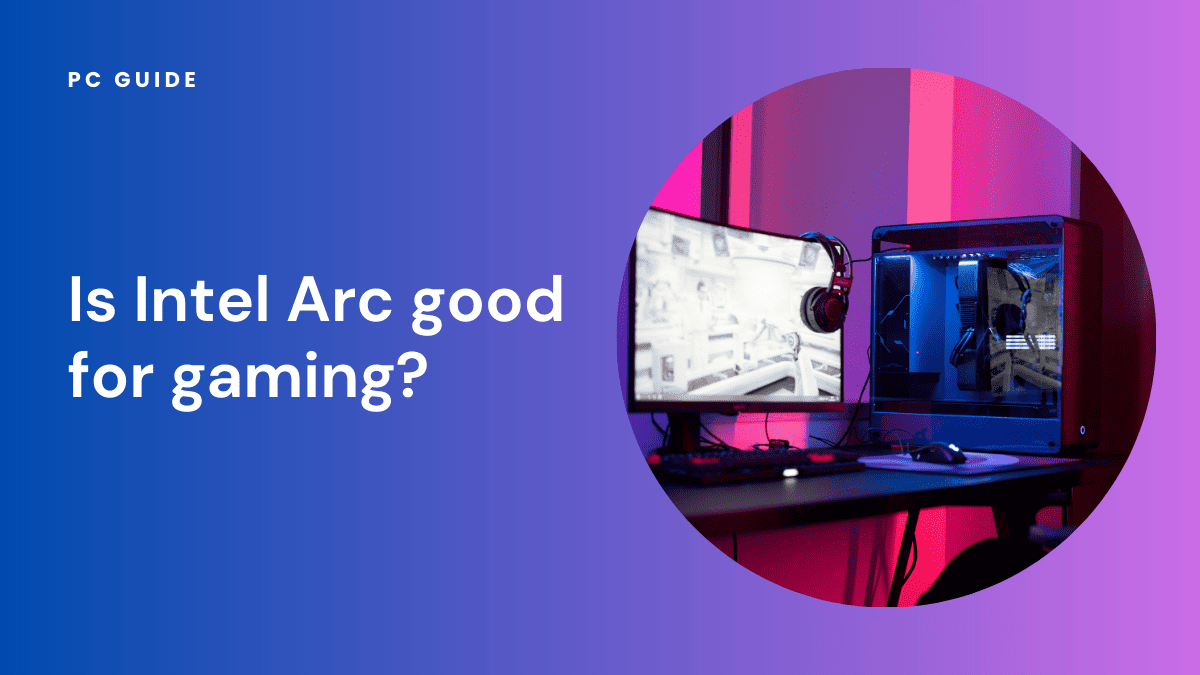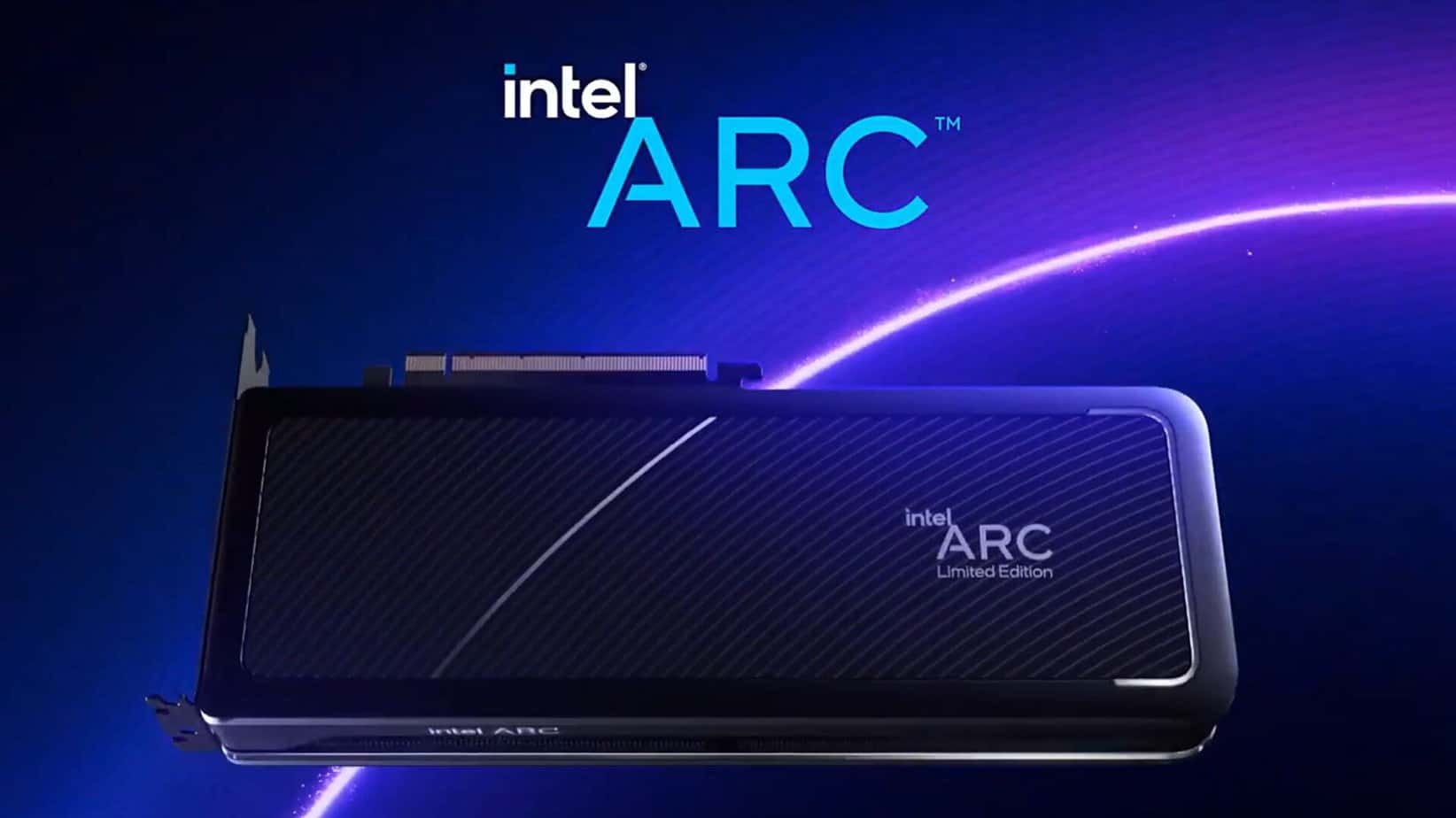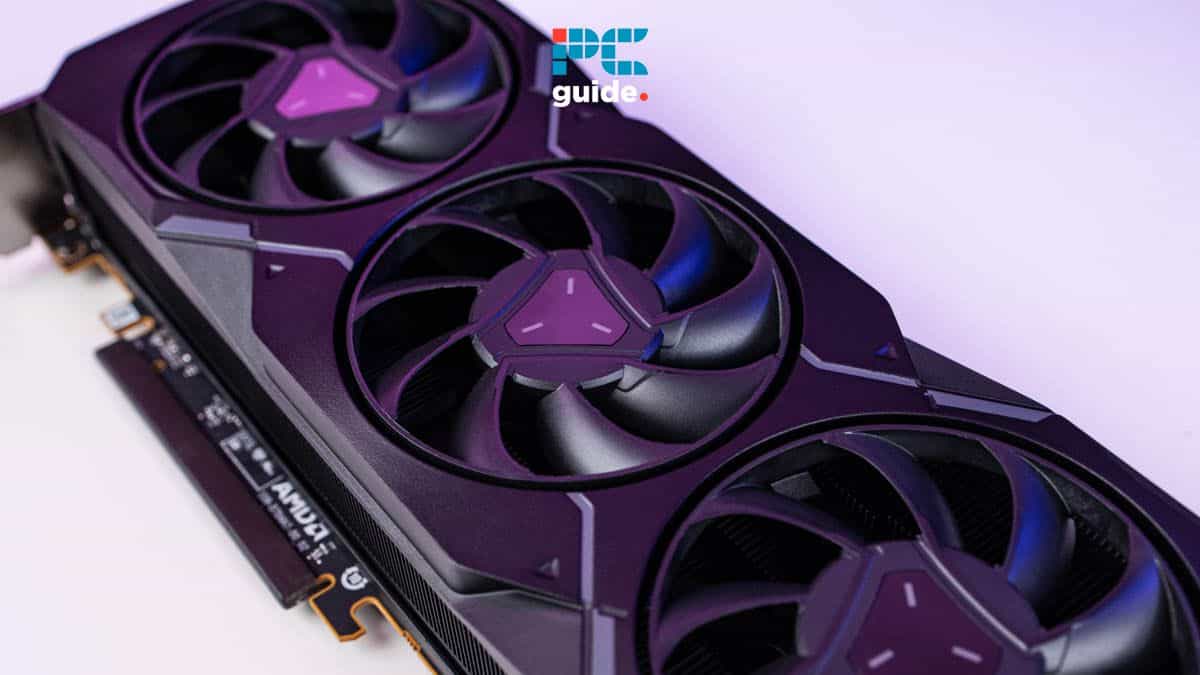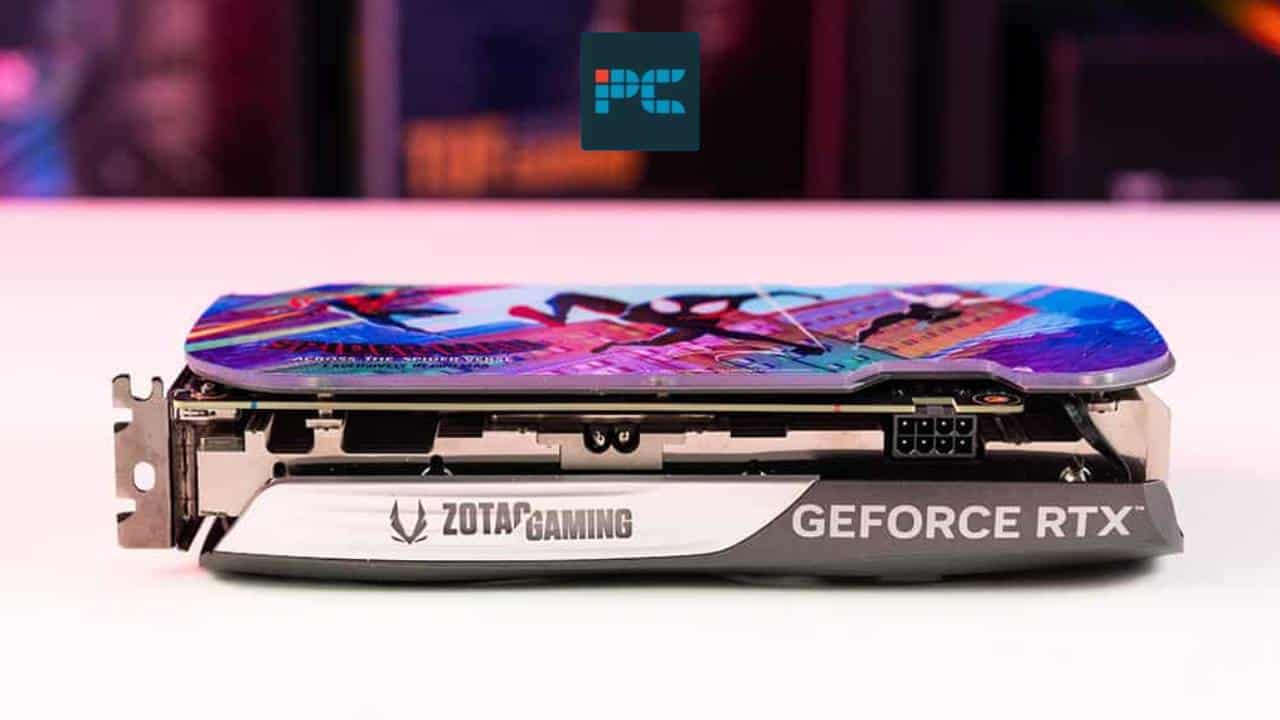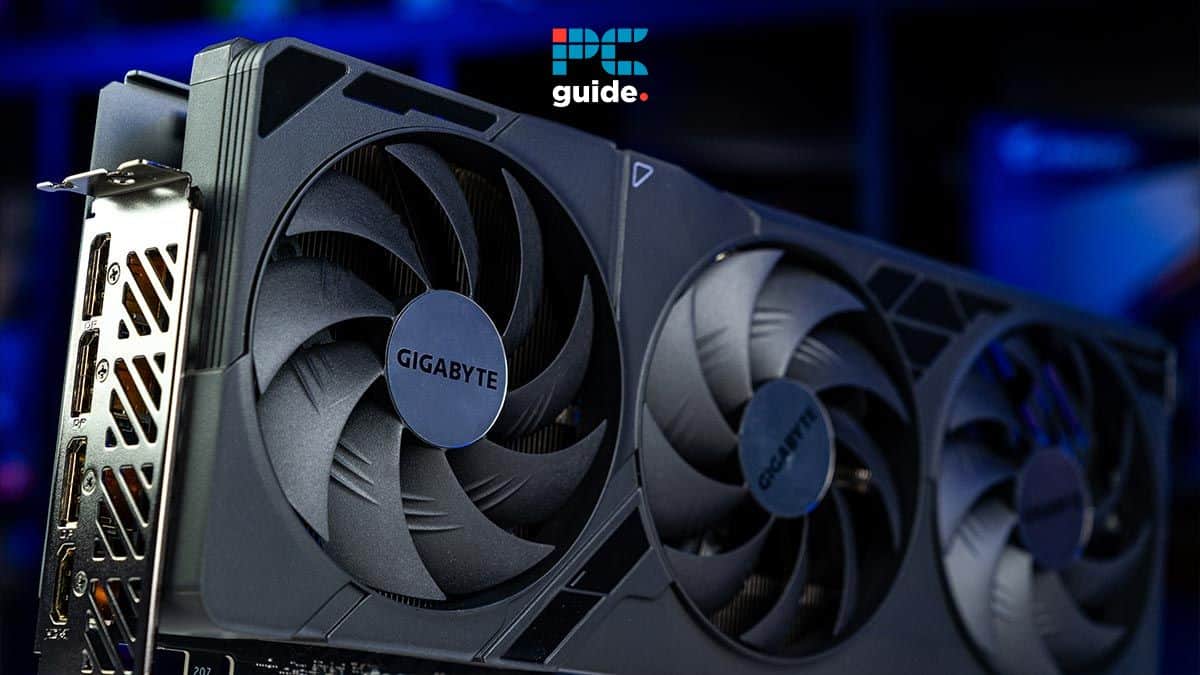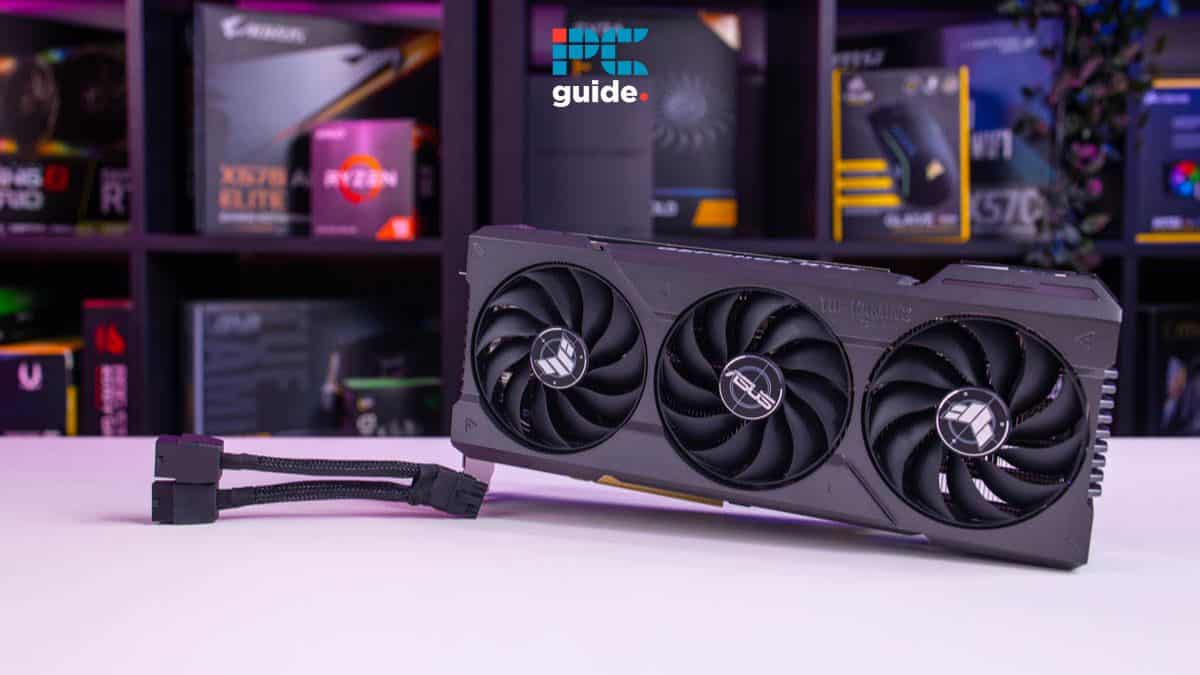If you’ve been scouring the graphics card market for a mid-range solution suitable for your gaming needs, the Intel Arc series should be on your radar. Particularly suited for gamers aiming for a solid 1080p performance, these GPUs make an impressive case for themselves, especially when it comes to popular AAA and Esports titles.
However, your gaming preferences do play a role in determining whether an Intel Arc GPU is the right fit for you. More demanding titles that lean heavily on graphical fidelity may push the Arc’s capabilities to their limits. In these instances, you might want to consider high-end options like the RTX 3070, RX 6700 XT, or the next-generation 4070Ti 16 GB, and RX 7600 XT.
Looking to level up your gaming experience without breaking the bank? Intel’s Arc series of GPUs could be just what you’re searching for. Offering a reliable performance for the average gamer, these units are worth considering for their ability to handle 1080p gaming with ease, particularly when it comes to popular AAA and Esports titles.
Intel Arc: A New Contender in the Gaming Arena
Intel’s entry into the GPU market with the Arc series has been met with both anticipation and skepticism. The Arc A770 and A750, based on TSMC’s 6 nm process, offer impressive specifications. With core clocks of 2100 MHz and 2050 MHz respectively, and VRAM options of 8 GB and 16 GB, these GPUs are designed to deliver high performance for gaming enthusiasts.
The Arc Lineup: A New Player in the Game
Intel’s Arc series, including the A770 and A750, are designed to deliver high performance for gaming enthusiasts. With impressive specifications and competitive pricing, the Arc series has the potential to disrupt the GPU market. But how do they fare in real-world gaming scenarios?
Performance Benchmarks: Intel Arc vs. The Competition
In the world of gaming, benchmarks are king. The Arc series has shown promising results in various gaming benchmarks. In games like “Cyberpunk 2077” and “Shadow of the Tomb Raider,” the Arc series has demonstrated higher FPS averages compared to Nvidia’s RTX 3060. However, performance in other games like “Counter Strike: Global Offensive” and “Watch Dogs: Legion” is still a work in progress.
Bandwidth and Hardware Acceleration: The Key to High Performance
One of the standout features of the Arc series is its impressive bandwidth and hardware acceleration capabilities. These features allow the Arc GPUs to handle high-resolution textures and complex game physics, providing a smooth and immersive gaming experience.
Nvidia’s DLSS and RTX: How Does Intel Compare?
Nvidia’s DLSS and RTX technologies have set a high bar in the gaming industry. Intel’s answer to these technologies is the XeSS AI upscaling and ray-tracing units. While these features are still in their early stages, they show promise in enhancing the gaming experience on Arc GPUs.
Performance Against the Competition
When you consider Intel Arc’s position against its rivals, its appeal becomes even clearer. Intel has committed considerable resources to offer cost-effective, reliable GPUs. As a result, the Arc series emerges as a strong competitor in the budget and mid-range sectors. It holds its ground against similar offerings from other brands, providing a level of performance that belies its price point. If affordability is a key deciding factor for you, the Intel Arc series is indeed worth considering.
In conclusion, the Intel Arc series makes a compelling case for itself in the mid-range GPU market. Offering reliable performance for 1080p gaming, these GPUs strike a good balance between cost and capabilities. While they might not be the ideal pick for graphically demanding titles, they’re undoubtedly an excellent option for budget-conscious gamers looking for dependable performance.
Ray-Tracing Units: A Game Changer?
Ray tracing is a feature that has become increasingly important in modern gaming. The Arc A770 and A750 support ray tracing and have shown impressive performance in visual effects at 1080p and 1440p. However, when compared to dedicated ray-tracing cards, Intel’s Arc GPUs still have some catching up to do.
Power Consumption and Hardware Requirements
Intel’s Arc 7 cards consume more power than their counterparts from Nvidia and AMD, which could be a consideration for some gamers. Additionally, the Arc series requires modern CPUs to fully utilize features like the Resizable BAR. For instance, AMD Ryzen 3000 and Intel 10th-generation Comet Lake processors are recommended.
Driver Support and Optimization
Driver support for Intel Arc GPUs is a work-in-progress, with some glitches reported. However, driver updates have resulted in significant performance improvements in DirectX 11 and DirectX 12 games. As Intel’s drivers mature, performance should improve further.
Price and Value
The price competitiveness of the Arc A750 and A770 is more apparent when considering ray tracing capabilities. Even at a lower price, the A770 offers better ray tracing performance than AMD’s RX 6700 XT. On sale, they offer better value compared to alternatives from AMD and Nvidia.
Arc’s Compatibility with PC Hardware
One of the key features of the Arc series is its compatibility with a wide range of PC hardware. Whether it’s the motherboard, RAM, DisplayPort, or HDMI, the Arc GPUs seamlessly integrate with your PC setup, ensuring a smooth and immersive gaming experience.
Intel’s XeSS: A Game Changer?
Intel’s XeSS, an AI-based upscaling technique, is a standout feature of the Arc series. This technology enhances the gaming experience by improving frame rates and overall visual quality. However, it’s still in the early stages, and its real-world impact is yet to be fully evaluated.
The Verdict: Is Intel Arc Good for Gaming?
The answer to the question, “Is Intel Arc good for gaming?” is not a simple yes or no. While the Arc series offers impressive performance in some gaming scenarios, it falls short in others. Intel’s Arc GPUs are a promising option for gamers, but they are not without their flaws. As Intel’s drivers mature, we can expect to see improvements in performance and compatibility.
Conclusion
In conclusion, Intel’s Arc series, particularly the A770, has shown promising performance in gaming. While there are areas for improvement, such as power consumption and driver optimization, the Arc series offers good value for its price, especially when considering its ray tracing capabilities.
So, if you’re asking “Is Intel Arc good for gaming?” the answer is a resounding yes, especially if you’re looking for a balance between price and performance.
FAQ
Is Intel Arc worth for gaming?
Why did Intel Arc fail?
Why did Intel Arc fail?
It’s too early to label the Intel Arc series as a failure. While there have been some challenges, continuous updates and improvements are being made to enhance the performance of Arc GPUs.
How good is Intel Arc for gaming?
The Intel Arc lineup offers promising performance in gaming scenarios. With high frame rates in games like “Red Dead Redemption,” it’s a strong contender in the GPU market. However, its performance can vary depending on the game and PC setup.

